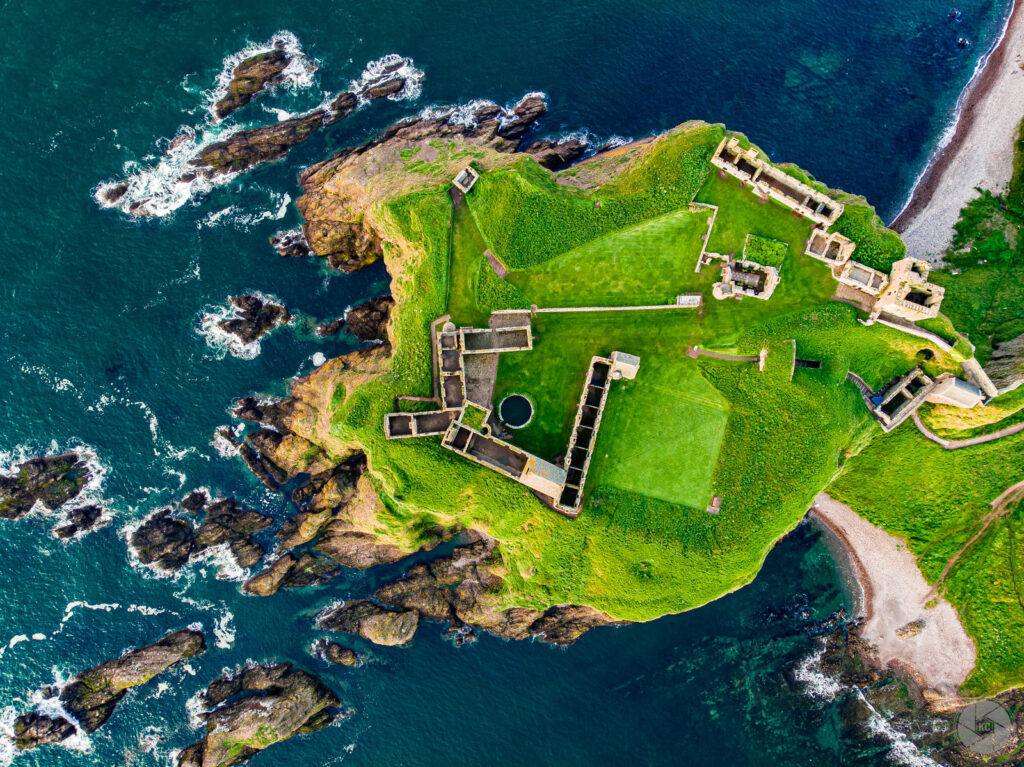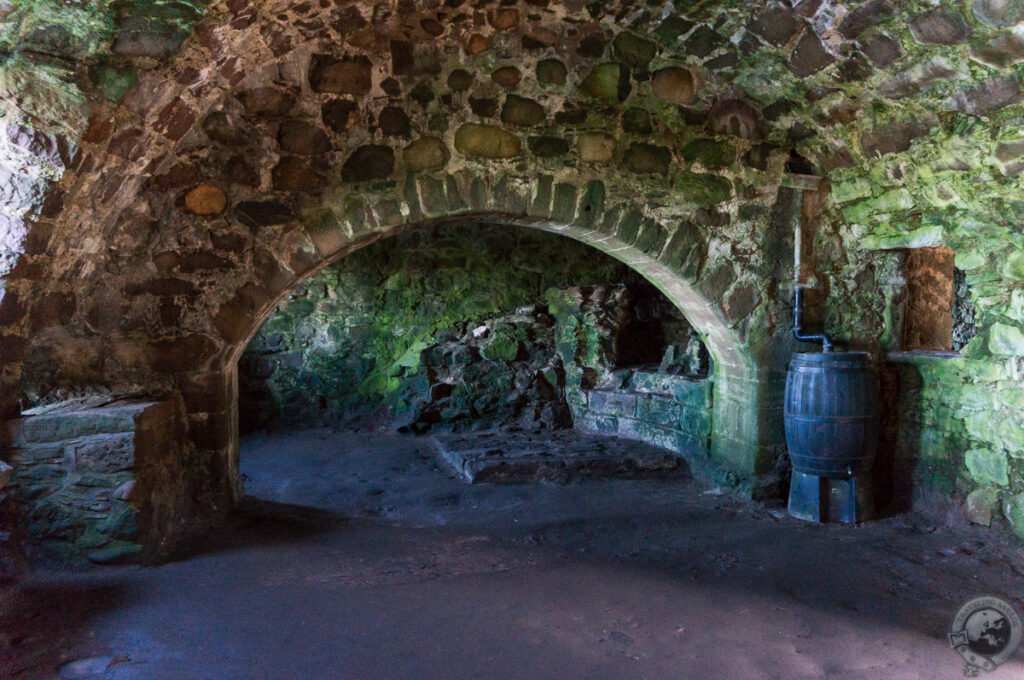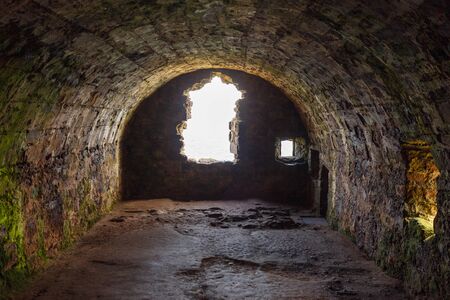Dunnottar Castle Hid Scotland’s Crown Jewels and Defied Cromwell

There’s something magnetic about Dunnottar Castle. Perched on a dramatic cliffside overlooking the North Sea, it’s not just the breathtaking views or the windswept beauty of Scotland’s rugged coastline that will draw you in. It’s the history—rich, turbulent, and epic—that seeps from its very stone walls. And believe me, once you’ve stood in its shadow, you’ll feel like you’re walking with ghosts.
The First Steps Through Time

You’re greeted by a steep, winding path that feels like a natural defense. It’s almost like Dunnottar doesn’t want to be found—tucked away on its rocky peninsula, separated from the mainland by sheer cliffs and a single narrow path. Yet, despite the isolation, this place has seen more than its fair share of Scotland’s most pivotal moments.
The castle dates back over 1,000 years, though the site was used long before that, possibly by the Picts. The ruins you see today mostly hail from the 15th and 16th centuries, but its story stretches even further. Imagine this: a fortress of untold significance, so impenetrable that even the Vikings struggled to conquer it.
The Crown Jewels and the Greatest Heist in Scottish History

But it was in 1651 that Dunnottar’s legend truly cemented itself in Scottish history. During the Wars of the Three Kingdoms, the castle became the hiding place for the Honours of Scotland—the crown jewels, which were as symbolic to the Scottish people as the very land itself.
Oliver Cromwell, who was then laying siege to Scotland, knew the value of these treasures. Capturing them would have signified the total defeat of the Scottish resistance. His army surrounded the castle, determined to retrieve them. And yet, despite being trapped inside Dunnottar’s stone walls, the defenders managed to pull off what can only be described as a masterstroke of deception.

In the dead of night, they smuggled the crown jewels out of the castle, right under the noses of Cromwell’s forces. Legend has it that a local minister’s wife, Christian Fletcher, played a pivotal role by concealing the regalia in sacks of wool and sneaking them past the soldiers. The Honours remained hidden for nine long years, only to be rediscovered when the monarchy was restored.
Standing there, you can almost picture the scene—the tension, the risk, the whispers between the defenders as they plotted their next move. You feel the weight of history under your feet, the very stones steeped in stories of loyalty, defiance, and survival.
A Fortress of Imprisonment

As you explore Dunnottar further, it’s impossible to overlook its darker chapters. Beneath its proud battlements lies a past soaked in tragedy. In 1685, the Whig Covenanters, a group of Presbyterian dissenters, were imprisoned here for their refusal to accept the King’s religious reforms. Over 160 men and women were crammed into a small, damp vault known as the “Whig’s Vault.” Many perished, but their refusal to renounce their beliefs added another layer of martyrdom to this castle’s legacy.
Walking through the vault, you can almost hear the echoes of the past—the whispered prayers, the clank of chains, the quiet defiance of those who refused to bow to tyranny.
Nature and Ruins—A Place Frozen in Time

As if the history itself wasn’t enough to captivate you, the surroundings make Dunnottar feel almost otherworldly. On a misty morning, when the sea fog rolls in, the castle seems to float above the waves, a spectral reminder of its past. On a clear day, the views are endless, stretching across miles of coastline and deep into the horizon. The juxtaposition of serene beauty and brutal history leaves you with a sense of awe that’s hard to shake.

When you walk around Dunnottar, you’re not just seeing a tourist site—you’re stepping into the crossroads of Scottish history. Every corner of the castle tells a different story. The remnants of the Great Hall, where kings and nobles once dined. The lonely battlements, where soldiers stood guard, scanning the horizon for enemy ships. The desolate chapel, where whispered prayers for deliverance echoed through the cold stone walls.
Why Dunnottar Castle is a Must-Visit

Dunnottar is one of those places that stays with you long after you leave. It’s more than just a castle; it’s a symbol of resilience, of defiance against the odds. The castle’s role in protecting Scotland’s crown jewels during Cromwell’s siege alone would make it worthy of a visit. But its beauty, isolation, and the sheer weight of its history make it unforgettable.
Whether you’re a history enthusiast or someone seeking the wild beauty of Scotland, Dunnottar will grip you from the moment you set eyes on it. The way it clings to that cliffside, defiant and timeless, mirrors the spirit of Scotland itself.
As you leave, you can’t help but look back at Dunnottar one last time, standing proud against the elements. It’s more than a castle—it’s a testament to Scotland’s indomitable will. And once you’ve visited, you’ll understand why its story continues to echo through the ages.
Trust me, this is a place you don’t just visit—you experience.